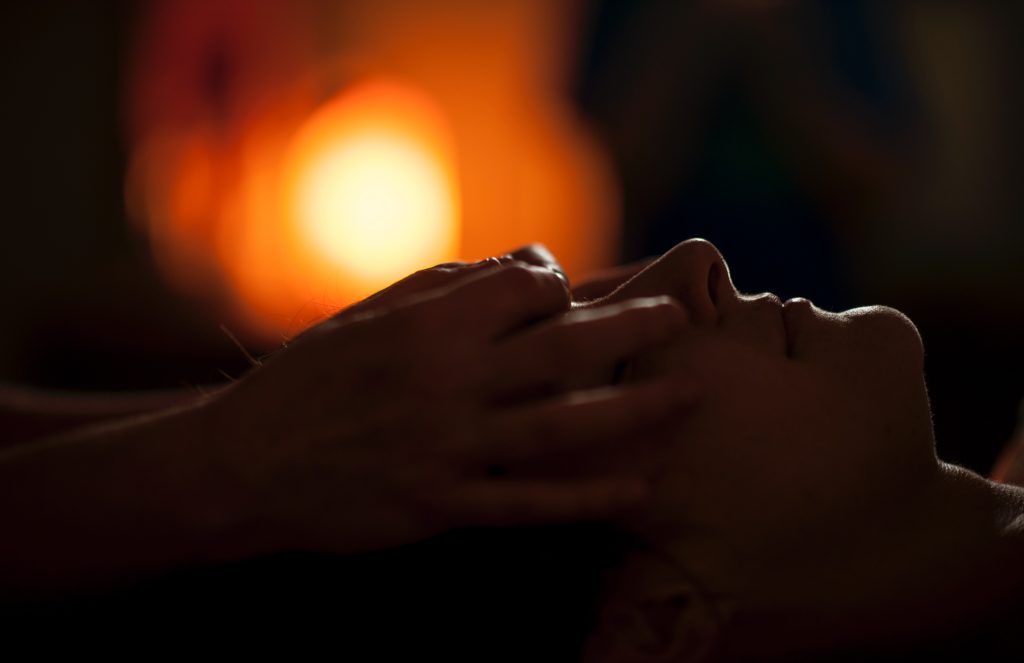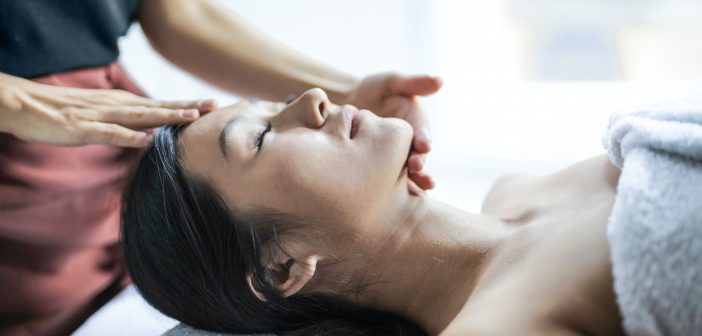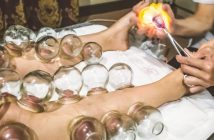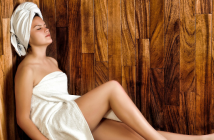Maybe it’s the stress of all the Thanksgiving preparations, but I’ve definitely felt the onset of a migraine more than once in the past month. Due to a number of reasons – one being that I’ve exhausted my US-bought supply of pain medications and another being my search for a more holistic approach to health in general – I tried a head massage at a reputable massage parlour close by. Unfortunately, though it felt mildly relaxing, it did little to assuage the throbbing pain in my head. That’s when I decided to whip out my trusty call-a-masseuse-to-your-home app and find a more specialized massage therapist.

If you aren’t familiar with the super helpful app 河狸家 hélíjiā, you can read all about it here, but basically, it lets you tend to all your grooming needs from the comfort of your home. If you already know about it, then won’t you join me on my journey to greater holistic health.
I started browsing the 理疗 lǐliáo physiotherapy options in helijia and discovered several specialised treatments, ranging from chiropractic (adjustment of the spine) to ear candling and lo and behold, 推拿 tui na head massages to stop headaches! Considering the pain I was already in, I thought it worth a shot and found a 5-star masseuse offering this service who was able to come to my place within three hours.
According to online sources, unlike other massage techniques, a tui na massage goes beyond the muscles and joints. In fact, tui na practitioners are supposed to sense the energy of the client with their hands and affect the flow and distribution of that energy during the session. In that sense, it sounded a bit like Reiki – or at least my understanding of it – and frankly, rather like hocus pocus to me.

So here’s the part where I eat my words. The instant the masseuse laid her hands on me (meaning it isn’t entirely like Reiki after all), she hit a spot at the base of my neck where all the pain seemed to emanate from, and I screamed. She told me she wasn’t using any strength yet, and that all this tension must be built up from years of neglect, leading to a stoppage in my blood flow and ultimately causing the migraines. In my limited understanding of Chinese, I realized that she would be able to “push” (the “tui” in tui na) the blockage away to an extent during our 90-minute session, but would need a few more sessions to clear it entirely. She also said I needed a lifestyle change to ensure it wouldn’t return. These have included a conscious effort not to hunch or slouch, and also to cut back on my screen time.
Since the first session, my tui na masseuse has visited me every two weeks for an “adjustment.” She has gone from easing my neck and shoulder pains to massaging my jaw and even relieving my painful gas problem, which involved her reaching her fingers deep into my body under the rib cage and finding “lumps” that she had to “push” out. It’s worth noting that tui na massages always hurt, quite a lot, and I even have to be in a soundproof room during our sessions, but that may be because I have so many nagging problems that I’ve allowed to build up in my body over the years. It’s been a bit of a shock to find out that, even though I regularly exercise and eat decently 70 percent of the time, I still have physical ailments! Which is to say, I guess my body could still use a little “tui” every now and then.
KEEP READING: Beauty From Within…Your Home! App Brings Manicurists/Masseuses Straight To Your Door
Images: Unsplash, Pexels




